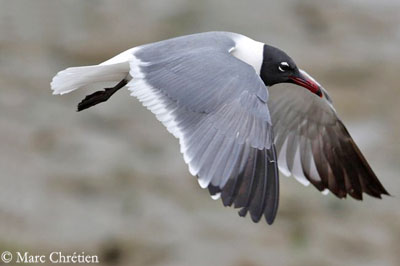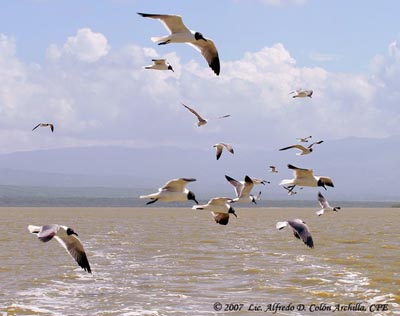
LARIDAE
Gulls, terns, noddies and skimmers
MOVEMENTS, DISPERSIONS AND MIGRATIONS:
After the breeding season, all species perform some movements, dispersions or migrations, in order to reach warmer regions for wintering.
Gulls leave their colonies following the fledging of the young.
SUMMARY OF THIS STUDY
Introduction and Description of the species
Reproduction :
The nest
The defence displays
The courtship displays
Nesting behaviour
Text by Nicole Bouglouan
Photographers:
Didier Buysse
Vision d'Oiseaux
Marc Chrétien
MURINUS
Alfredo Colón
Puerto Rico Wildlife
Maxime Dechelle
LEPAPARRAZO
Steve Garvie
RAINBIRDER Photo galleries
Tom Grey
Tom Grey's Bird Pictures
Tom Merigan
Tom Merigan’s Photo Galleries
Patrick Ingremeau
TAMANDUA
Jean Michel Peers
JMPN PHOTOGRAPHIE
Nicole Bouglouan
PHOTOGRAPHIC RAMBLE
Sources :
HANDBOOK OF THE BIRDS OF THE WORLD Volume 3 by Josep del Hoyo-Andrew Elliott-Jordi Sargatal - Lynx Edicions - ISBN : 8487334202
THE HANDBOOK OF BIRD IDENTIFICATION FOR EUROPE AND THE WESTERN PALEARCTIC by Mark Beaman, Steve Madge - C.Helm - ISBN: 0713639601
OISEAUX DE LA REUNION par Armand Barau - Nicolas Barré - Christian Jouanin - Editions Orphie - ISBN : 2877632636
L’ENCYCLOPEDIE MONDIALE DES OISEAUX - Dr Christopher M. Perrins - BORDAS - ISBN: 2040185607

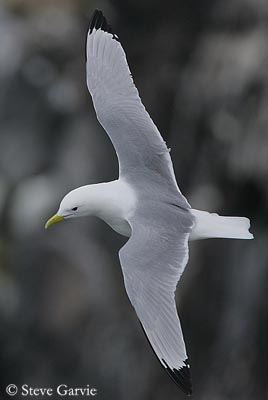
Black-legged Kittiwake - Rissa tridactyla
Many species such as the Black-legged Kittiwake, Sabine’s, Laughing, Black-headed and Brown-headed Gulls migrate to lower latitudes. Migrations usually occur at night, in the early morning or in the late afternoon.
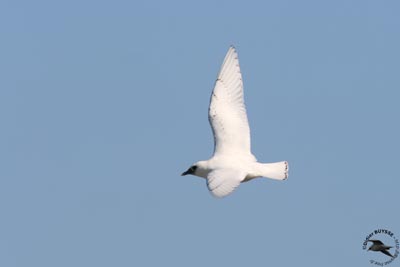
Ivory Gull - Pagophila eburnea
However, some Arctic species such as Ivory, Iceland and Glaucous Gulls perform only some dispersion at the edge of the ice.
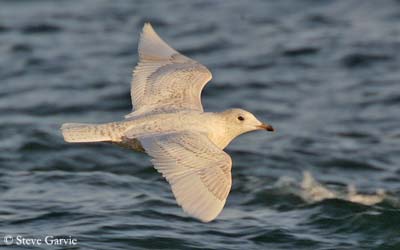
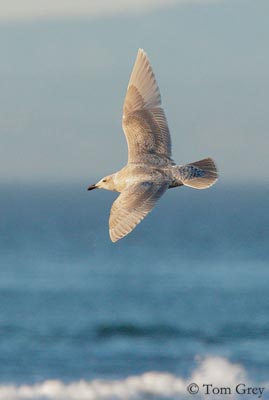
Larus glaucescens
Some gulls are long-distance migrants, and fly many thousands of kilometres from Arctic to South America, Africa and Southern Asia.
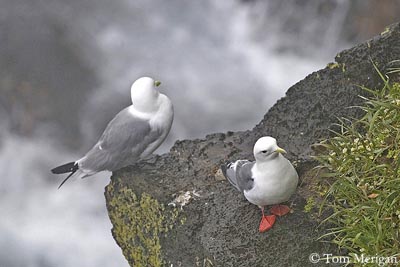
Rissa brevirostris
Usually, small gulls migrate larger distances than larger species. They travel in large, dense flocks of several thousands which remain intact during the winter on the wintering areas.

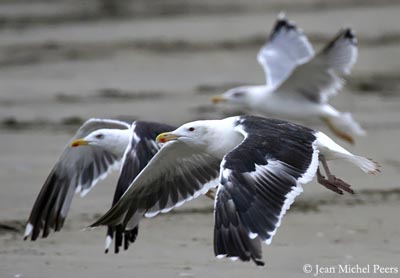
Terns have the same pattern of movements. Most of them are migratory, whereas some tropical species are nomadic after breeding season and during winter.
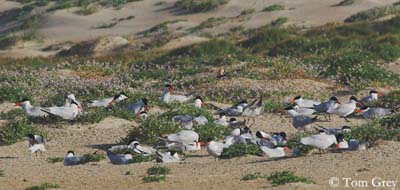
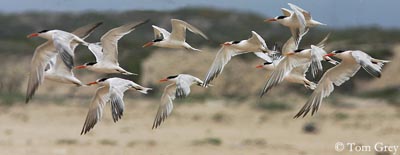
On the other hand, the Sooty Tern and the Arctic Tern are absent for several months, remaining for the minimum time necessary to mate, nest and fledge their young.
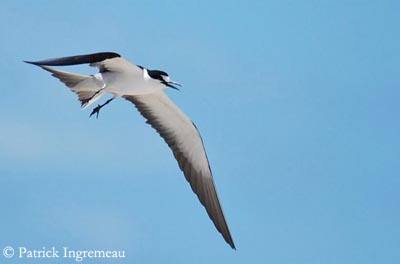
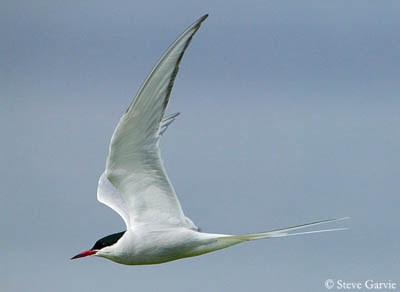
Other species are long-distance migrants, travelling from Arctic to the Southern Hemisphere. The Arctic Tern has the longest transequatorial migration, travelling to the Antarctic from its Arctic breeding grounds that explain the short time spent at colonies!
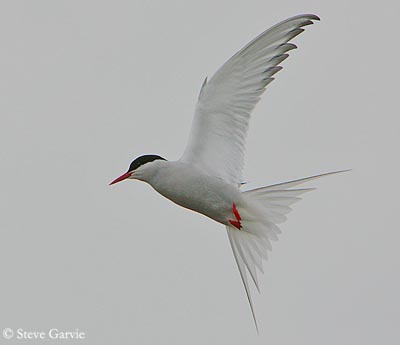
Sterna paradisaea
Some pelagic species such as the Grey Noddy remain near the colonies all year round.
Noddies’ movements are poorly known, but these species seem to be non migratory, only performing some dispersions to sea after breeding.
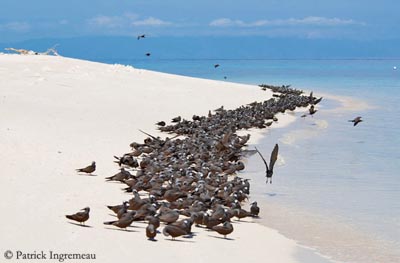
Anous stolidus
Skimmers migrate in flocks with young and adults. They travel southwards to warmer regions for wintering, or perform some dispersion.
The Black Skimmer from NE North America migrates to Florida and Gulf coasts.
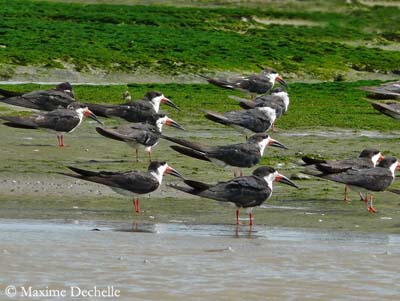
Rynchops niger
The African Skimmer migrates up and down large rivers and inland lakes.
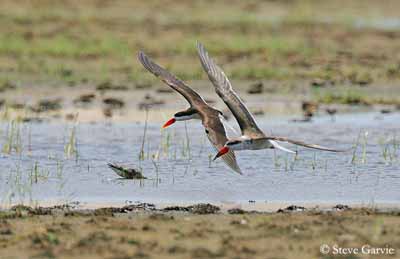
African Skimmer
Rynchops flavirostris
The Indian Skimmer moves upriver during low-water season, and down during the floods’ period.
All these species travel more or less long distances. They usually have fast and agile flight, thanks to the narrow, long and pointed wings giving them good manoeuvrability in the air.
These movements, although better known today, always keep something mysterious for humans…
